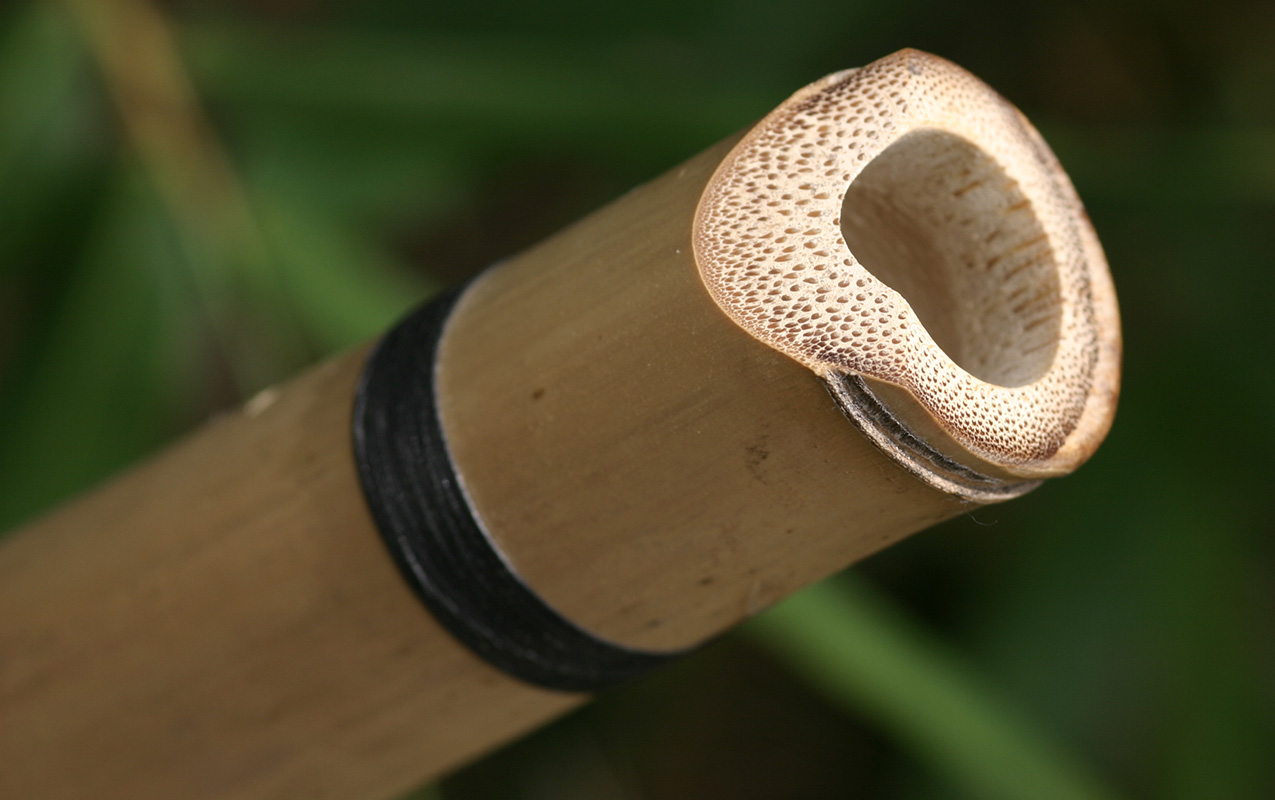Bamboo Flutes
Down the Rabbit Hole
When we moved into our house we inherited a large, overgrown patch of bamboo. We had it cut back and ended up with an assortment of bamboo pieces, both green and dried. While looking for ways to use it I came across different methods of making flutes.
This wasn't great quality bamboo. A lot of it was cracked, or the bore was too small, or too large, for a good flute.
After making a number of traverse flutes I decided to try an end blown flute, in the style of a Japanese shakuhachi. Technically I'd be trying to make a hotchiku, which is a less refined flute with a natural bore.
A Lifetime to Learn
The shakuhachi is an extremely expressive instrument. Its practice is closely tied to Zen Buddhism, where it is used in a form of meditation called suizen, or blowing zen. It's a beautiful instrument, visually and aurally, and I had no intention of being able to craft a real one. Even the simplist musical instruments are more complex than they appear. It takes years of practice and refinement to discover their subtitles. I had never held one when I first started experimenting.
Most shakuhachi use a specific type of bamboo, Madake. Only a few select pieces will have the nodes in the correct place and the right ratio of bore size to length. The shakuhachi is made from the root end of the bamboo, with the base creating the bell. They often have a subtle curve. The name shakuhachi is a measurement of it’s length. Approximately one foot (shaku) eight (hachi) inches.
I didn’t have any pieces that matched this description. I have the wrong kind of bamboo, with overly think walls and cracked root ends. I settled for a few pieces that I could cut to the correct length and starting making mouthpieces.
It's extremely challenging to produce a tone on a shakuhachi. This is part of what makes it so expressive. A professional shakuhachi has 2 ½ octaves and an unbelievable amount of timbre variety. The sound is rich in overtones. It can go from a subtle flute to blaring brass.
An Ongoing Process
I am not experienced enough to produce an actual shakuhachi but I did get some nice bamboo flutes. They are enjoyable to play and contain just a hint of the shakuhachi's character.
I have since purchased a Shakuhachi Yuu, a plastic version of a professional instrument. It's difficult, but rewarding to play. It will take years before I'm capable of playing anything worth hearing but I enjoy experimenting with the timbres. It's a different way of thinking about music.
Resouces
Building Instructions
- Making the Japanese Shakuhachi Flute - Ken LaCosse
- How to make a PVC Shakuhachi
- Complete shakuhachi flute making tutorial



